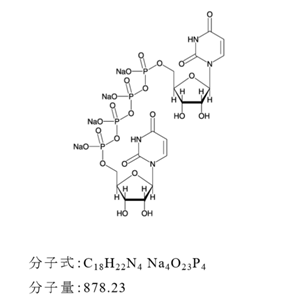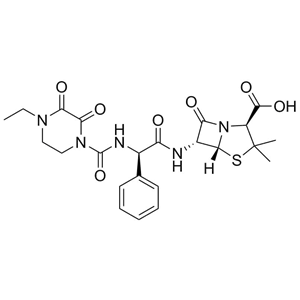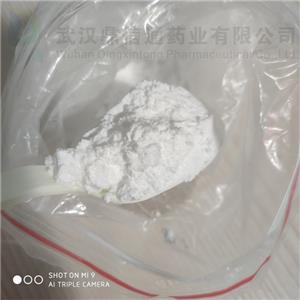| 名称 | Pipequaline |
| 描述 | Pipequaline (PK-8165) is an anticonflict & anticonvulsant quinoline derivative. It is an anxiolytic drug that was never marketed. It possesses a novel chemical structure that is not closely related to other drugs of this type. The drug has a similar pharmacological profile to the benzodiazepine family of drugs, but with mainly anxiolytic properties and very little sedative, amnestic or anticonvulsant effects, and so is classified as a nonbenzodiazepine anxiolytic. |
| 动物实验 | Rats: Pipequaline is dissolved in water to give injection volumes of 2 mL/kg. Rats are injected with 5, 10, and 50 mg/kg pipequaline. Infrared cells in the walls of the box provided automated measures of locomotor activity and rearing, respectively[3]. |
| 体外活性 | Pipequaline is extensively bound to plasma proteins: i.e. human serum albumin (HSA), alpha-1-acid glycoprotein (AAG), lipoproteins and blood cells, mainly erythrocytes[1]. |
| 体内活性 | Intravenously administered pipequaline exerts a partial suppression of activations by kainate, glutamate and acetylcholine. Microiontophoretic applications of pipequaline reduces the neuronal activation by kainate[2]. In small intravenous doses, pipequaline potentiated the effect of microiontophoretically-applied flurazepam whereas, in larger doses, it suppressed the effects of microiontophoretically-applied flurazepam and of intravenously administered lorazepam on kainate-induced activation. Pipequaline produces dose-related decreases in motor activity. Pipequaline produces significant dose-related decreases in the number of head-dips made[3]. |
| 存储条件 | Powder: -20°C for 3 years | In solvent: -80°C for 1 year | Shipping with blue ice. |
| 溶解度 | DMSO : 32 mg/mL
|
| 关键字 | Gamma-aminobutyric acid Receptor | GABA Receptor | Pipequaline | PK8165 | inhibit | γ-Aminobutyric acid Receptor | PK 8165 | Inhibitor |
| 相关产品 | Penicillin G sodium salt | Valproic acid sodium salt | Valproic Acid | (-)-α-Pinene | Nikethamide | Riluzole | Chlorothymol | Piperazine citrate | Halothane | Gabapentin |





